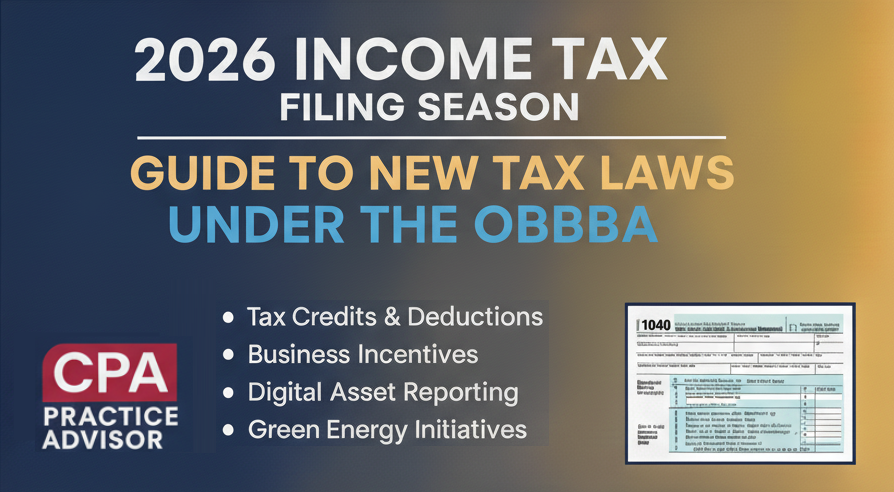In the not-so-distant past, taxpayers who itemized could generally write off the full amount of state and local tax (SALT) payments, without any dollar restrictions. This often created a tax windfall for residents of states where income taxes or property taxes—or both—were on the high side. But the tax landscape changed dramatically after the Tax Cuts and Jobs Act (TCJA) was enacted late in 2017.
Notably, the TCJA limits the amount you can deduct for SALT payments on your personal return for 2018 through 2025. This has had a significant impact on many taxpayers. In fact, due to the SALT provision and other related TCJA changes, you may no longer itemize at all!
Details: The TCJA completely revamps the rules for individual taxpayers, albeit temporarily. For one thing, the law effectively doubled the standard deduction—from $6,000 to $12,000 for single filers and $12,000 to $24,000 for joint filers—with inflation indexing. The figures for 2020 are $12,400 and $24,800, respectively. In addition, the TCJA eliminates personal exemptions and modifies or suspends certain deductions. Absent further action by Congress, these rules expire after 2025.
Accordingly, the annual SALT deduction is now limited to a maximum dollar amount of $10,000. In conjunction with the other TCJA changes, you may claim the higher standard deduction instead of itemizing deductions. This is a fundamental shift for a wide segment of the population.
For those who are still likely to itemize, remember that the SALT deduction comprises three primary elements:
- State and local property taxes: Typically, this includes taxes on the principal residence where you reside and any property taxes for a second home or land where you hope to eventually build a getaway.
- State and local income taxes: These are the income taxes you must pay to the appropriate state and local tax authorities.
- State and local sales taxes: Frequently, you must pay sales tax on goods and services you purchase in-state, with certain exceptions.
Key point: The SALT deduction is available for only for a combination of state and local property taxes and EITHER state and local income taxes or state and local sales taxes. In other words, you can’t count both income and sales taxes in the compilation.
This is an easy decision for for taxpayers residing in the nine states—Alaska, Florida, Nevada, New Hampshire, South Dakota, Tennessee, Texas, Washington and Wyoming—– that don’t impose any state income taxes on wages. Obviously, take the sales tax deduction. For taxpayers in states with extremely high income taxes, like California and New York, do the opposite. For those in the middle, compare the two each year and choose the one that’s larger.
When you figure out the amount of sales tax you can deduct, you can use one of two methods.
- Assuming you can substantiate your purchases, you may write off your actual expenses. Search your records to find the annual total.
- Alternatively, you may use an IRS-approved table that provides a flat amount based on the state of residence and family size. This will often produce a smaller deduction than the actual expense method, but it’s more convenient. Plus, you can tack on sales tax paid for a few big-ticket items—vehicles, boats and home improvement materials—to the table amount.
In summary: There’s more to the SALT deduction than first meets the eyes. Make sure you have a firm grasp of the current rules.
Thanks for reading CPA Practice Advisor!
Subscribe Already registered? Log In
Need more information? Read the FAQs
![taxes1_11350860[1]](https://www.cpapracticeadvisor.com/wp-content/uploads/2020/10/taxes1_11350860_1_.5f85df8d1fc75.png)




